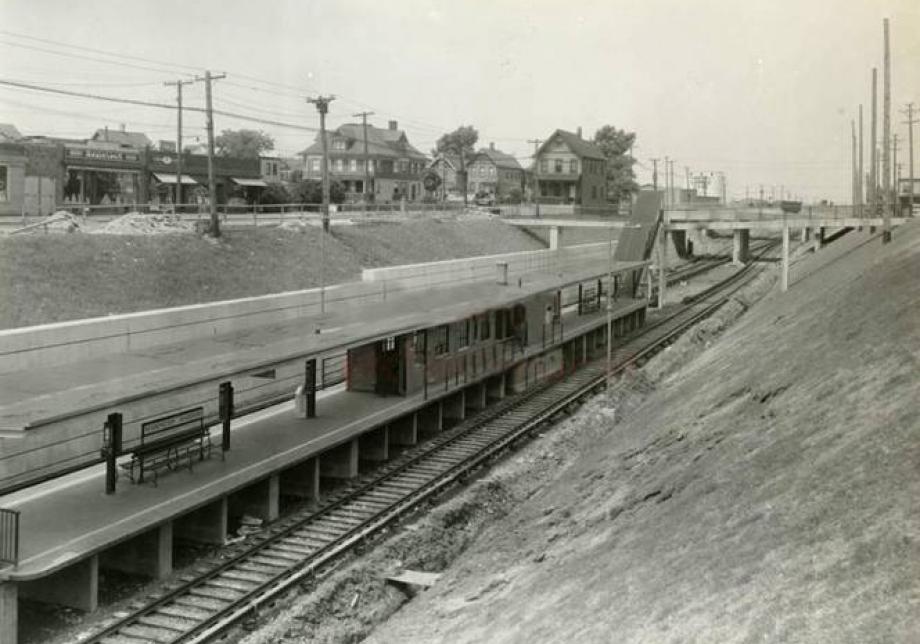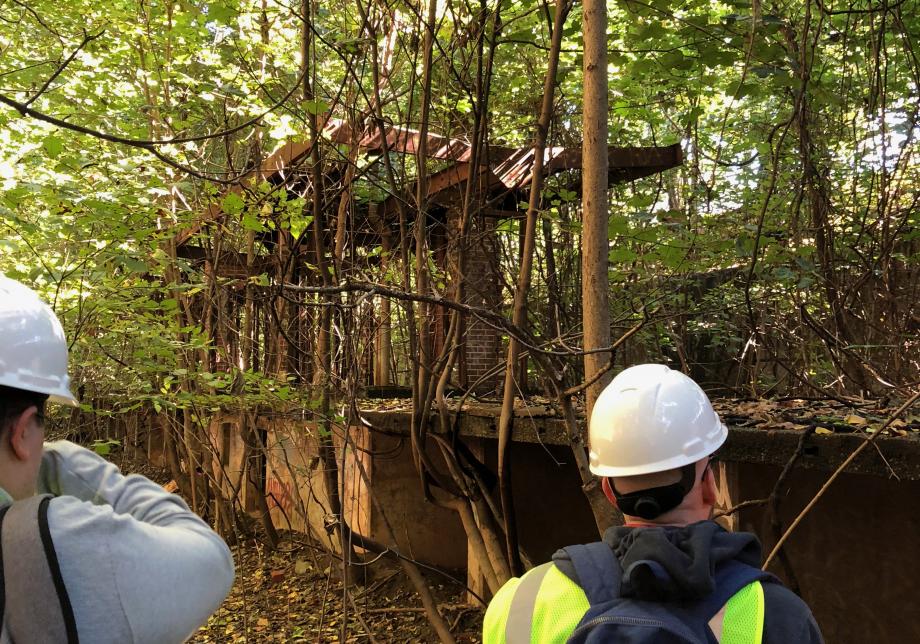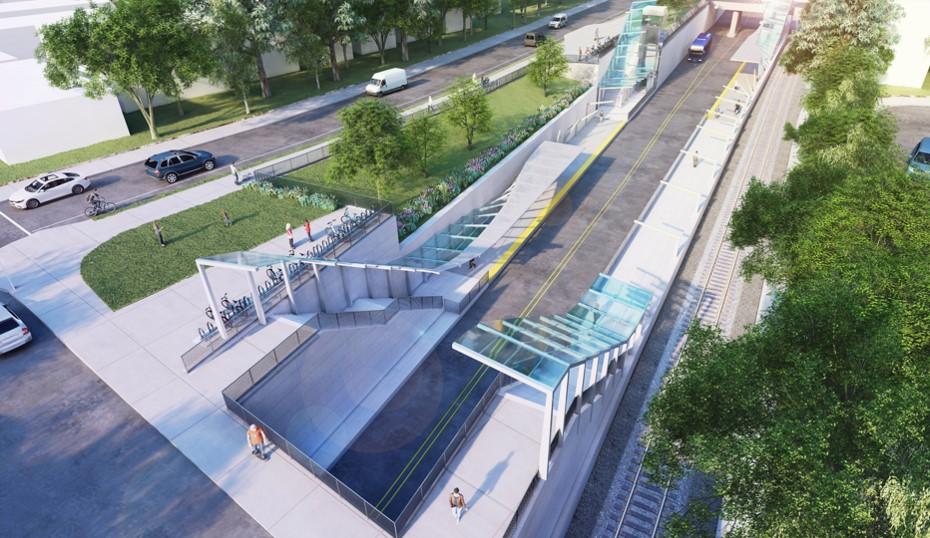Details
-
LocationStaten Island
-
TypeSystem Expansion
-
StatusPlanning
Area Map
Timeline
- October 2023: Draft Environmental Impact Statement completed
- January 2024: Final Environmental Impact Statement completed
Reactivating the North Shore right-of-way
The North Shore right-of-way (ROW) operated passenger rail service between 1886 and 1953. The North Shore BRT will reactivate the ROW as a transportation corridor. The North Shore BRT will follow a similar route as the old rail service, running from St. George to Arlington, and like the old passenger rail it will stop at a Mariners Harbor station. The pictures below depict the Staten Island Railway Mariners Harbor station in 1937, the remains of that station in the present-day, and a conceptual rendering of what the North Shore BRT Mariners Harbor Station may look like.



Environmental Impact Statement
The MTA has completed the Final Environmental Impact Statement (EIS) for the Staten Island North Shore BRT in accordance with New York’s State Environmental Quality Review Act (SEQRA). Download the final EIS and related documents below.
Public engagement
Materials and information from previous public events are available below.
Previous public events
Public scoping meeting on October 17, 2019
This meeting gave members of the public the opportunity to learn more about the environmental review process. It was also an opportunity for individuals to submit their comments on the Draft Scoping Document.
- View our scoping meeting presentation.
- Public comments on the Draft Scoping Document were accepted over the course of a 60-day comment period, from September 18 through November 18, 2019.
- View the Final Scoping Document.
Community outreach and agency coordination
Throughout the project, the MTA has been coordinating with many agencies, elected officials, and civic groups.
Public Advisory Committee
A Pubic Advisory Committee (PAC) was established as a collaboration among the MTA, local elected officials, Community Boards, organizations, and civic groups interested in transit improvements for Staten Island’s North Shore. Meeting at key milestones throughout the project, the PAC provided feedback to the Staten Island North Shore BRT EIS study team.
Interagency Advisory Committee
The Interagency Advisory Committee (IAAC) was established to provide a forum for dialogue and coordination with other agencies. The IAAC includes federal, state, and local agencies, which may have a coordinating or regulatory interest in the project.
Newsletters
We periodically send out newsletters to provide project updates, context, and anecdotes to anyone who wants to keep up with the project. The newsletter is a great way to keep up with the environmental review process and receive information about any upcoming events.
Alternatives analysis
Staten Island North Shore Alternatives Analysis
In 2012, we prepared The Staten Island North Shore Alternatives Analysis (SINSAA) to study public transit alternatives for the North Shore. The SINSAA considered three types of transit—bus, train, and ferry. After extensive community outreach and analysis, we selected BRT as the best alternative to meet community needs.
The Staten Island North Shore Alternatives Analysis Supplement
In 2019, we completed the SINSAA Supplement to consider recent changes in St. George. The supplement reconfirmed BRT remains the best transit alternative. Study of the BRT is now advancing through an environmental review process.